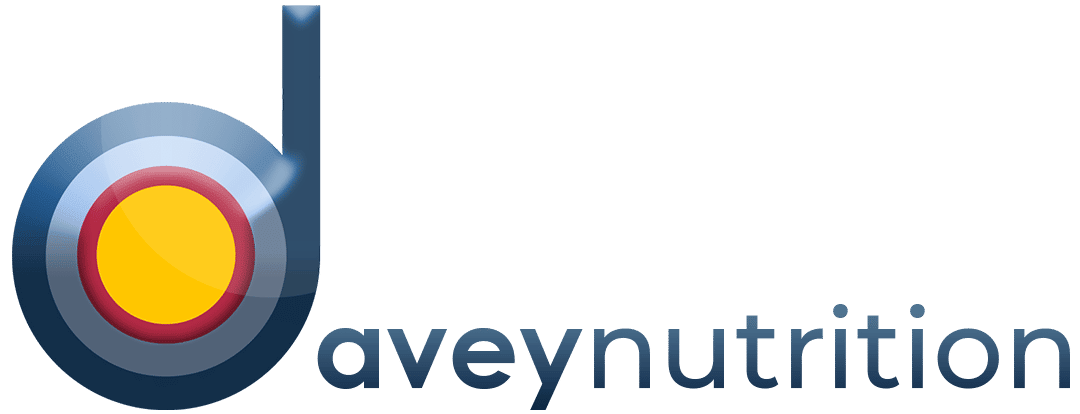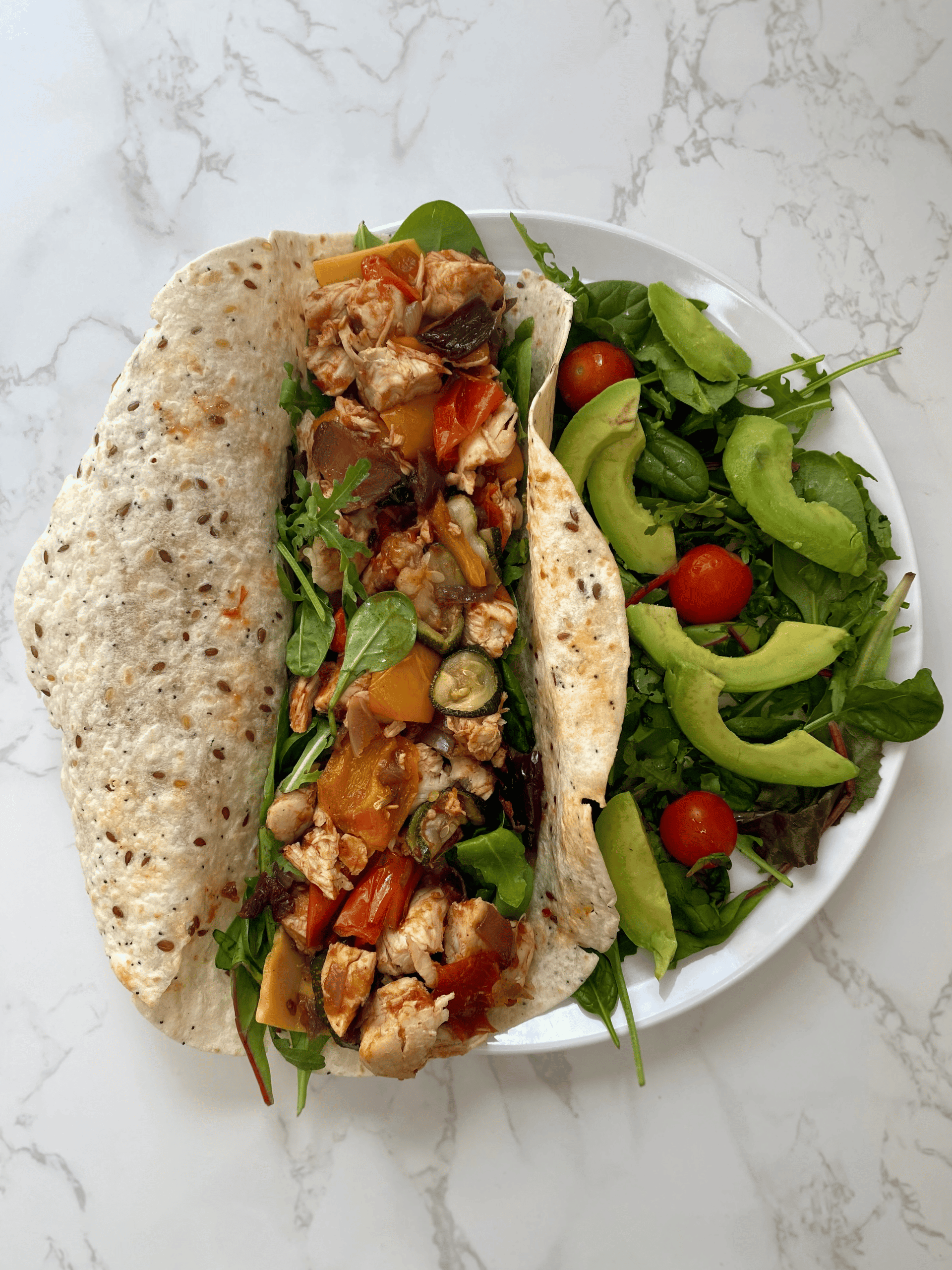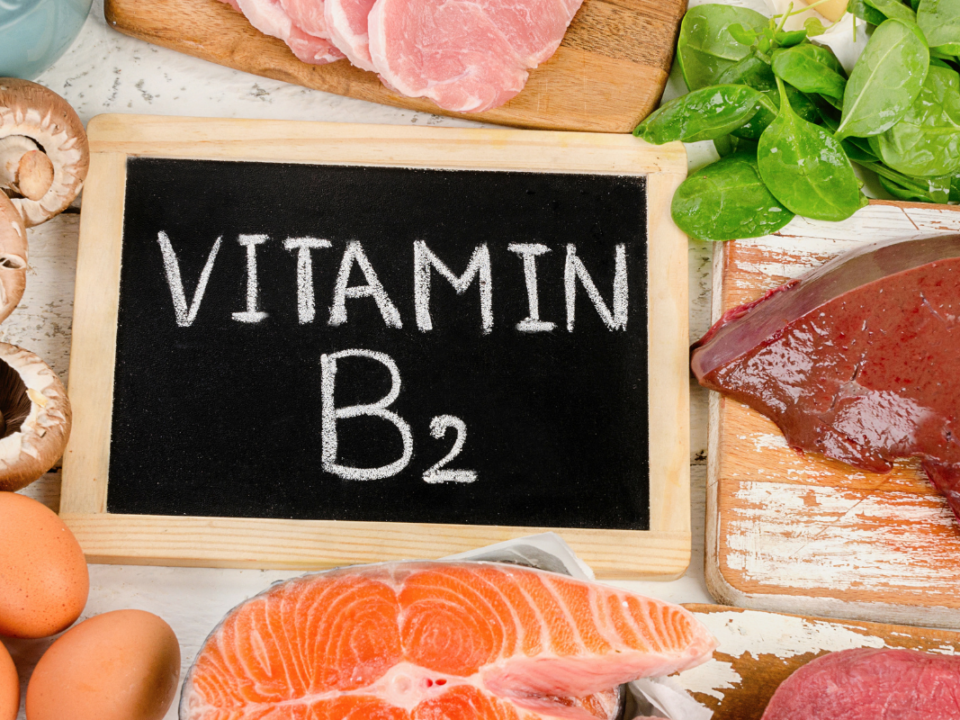Building Healthy Nutrition Habits for Kids and Teens
September is a month of new routines, good intentions and let’s be honest, usually a sigh of relief to finally get some peace and quiet in the house. It can also be a time when old habits come back to light or good intentions may slip by the wayside after a few weeks as things start to get busier.
Nutrition plays a key role in supporting your child’s growth and development and up to our early 20’s, we are forming habits and beliefs that are likely to remain with us throughout our adult lives. I think we can all relate to this in some way. I for one know the impact my parents’ attitude towards dinner times in our house as a child still has on me today. Sitting down to have dinner together was a non-negotiable and a time when we all got to sit together and catch up on our days. It is something that I have carried with me to this day. It is our responsibility as parents to support our children as best we can and although that may not always be perfect or as much as we would like to by times, it is important that we recognise where we can support them, and what has the most value in these critical years.

Nutritional requirements
Between the ages of 13-18 years, it is a time of growth spurts, bone development, pubertal changes and brain development. It is therefore essential to fuel the body with enough energy for these changes to occur properly and for additional activities such as sports.
Key nutrition considerations for adolescents include
- Total energy intake – The most important factor to consider is total caloric intake to ensure that adequate energy is consumed to fuel daily activities as well as bodily functions, growth and development.
- Macronutrients – Carbohydrates, protein and fats are needed in large amounts and are vital to allow the body to function properly.
- Micronutrients – they are needed in smaller amounts but are essential for metabolism, growth and development. Aim to include 5-7 portions of fruit and vegetables per day and a varied and balanced diet over the course of the week.
- Calcium and vitamin D – contribute to strong bones and teeth. These nutrients are particularly important during childhood and adolescence as this is their prime bone-building years. Peak bone mass is typically reached in our early 20’s and so it is important that we ensure we are building strong, healthy bones at a young age. Vitamin D is important for helping us to absorb calcium. This is a good time of year to stock up on Vitamin D supplements. In Ireland due to the limited amount of sunshine exposure we get, we are recommended to supplement with Vitamin D in the winter months, starting from October through until March should be sufficient for the majority of us.
- Iron – requirements are higher in adolescence due to their demands for growth and development. Inadequate intakes of iron may lead to iron deficient anaemia and contribute to feelings of fatigue, reduced physical and cognitive performance.
- Omega-3 – plays an integral role in the development and function of the brain. Omega-3 fatty acids are also seen to play a role in retinal development (in the eye), immune function and heart health. Even more, Omega-3 fatty acids are proven to improve inflammation in the body which may support recovery from exercise.
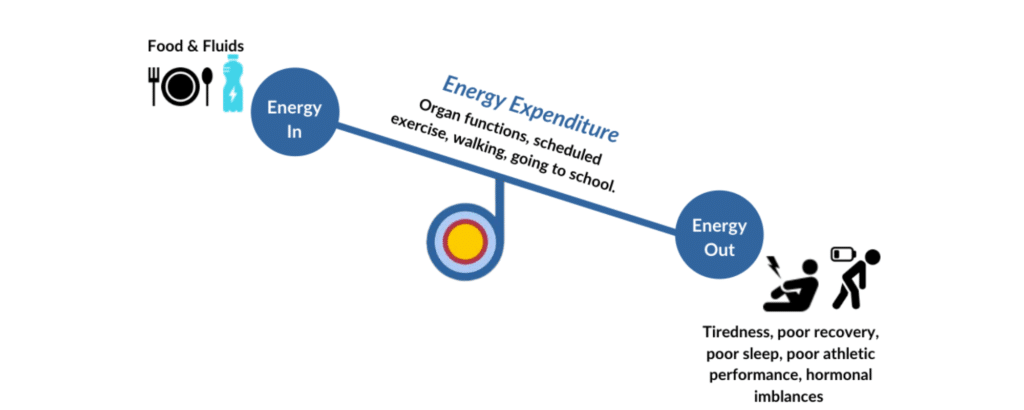
Lead by example
Do you know what habits you would like to instil in your children? Perhaps you want them to appreciate their food and where it comes from, to not waste food, to eat their fruit and vegetables and prioritise balanced meals over snacks and convenience foods? This comes down to our values and what is important to us as parents. However, like us, our children don’t like being told what to do, and we know this. Hence why leading by example is so important.
Live the habits that you want your children to adopt. Ask yourself how you want them to approach their meal times and what foods you’d like to see them enjoying then allow them to see this behaviour from you. If there are foods that you don’t enjoy, try to avoid having these foods on their plate and not yours. If the food is an important part of the diet you wish your child to have, for example you don’t like chicken but want your child to eat chicken as a source of protein and other nutrients. A few things you can consider doing include:
- You can plan meals to give your child chicken for lunch or meals that you won’t be there for.
- Put it in food that can easily be disguised, such as curry. You can leave out the chicken in your portion or swap for an alternative protein source such as tofu.
It is important that we don’t push our own preferences onto our children, particularly if they are not helpful from a nutritional or behavioural perspective. Encourage them and give the child the space to explore foods, be curious and develop their own unique tastes and preferences for food.
If you have your own special dietary requirements, explain this to the child so they know it is not your choice but showcase how you make helpful food choices with the foods you can eat. Try to make meals that you can share together where you can and still provide the essential nutrients to your child to support their growth and development.
It is also good practice to think through your family schedule for the week. Perhaps this could even be done together. Having a schedule with routines that everyone is happy with and that support the family’s health as a collective is key to sustaining positive changes in the home.
Helpful habits you might consider practising:
- Putting the phone away at meal times
- Making time for breakfast in the morning before work or school
- Having dinner and waiting some time before ‘treat foods’ or a second helping
Watch your language
Language plays a powerful role in how we think about things and our belief systems, particularly in our younger years when we are much more easily influenced. Avoid using words like “good food” or “bad food” around kids. Removing the moral language around food. How we think about things has an impact on our feelings, which has a knock on effect on our behaviours. “Language is the primary means through which values and understandings are communicated within society..” (Olstad & Kirkpatric 2021).
Using positive and encouraging language such as “nourishing”, “satisfying”, “delicious”, “tasty”, “healthy”, “colourful”, “vibrant”, “crunchy” for example, can help your child to think about food in a constructive way. Similarly, avoid talking about body image in a negative way. Focusing on what our bodies allow us to do, the strength and beauty of the body is more empowering for both you and those around you. Unfortunately, it is not uncommon for us to witness or maybe even experience throw away comments about weight, body image and food. Avoid speaking about calories and dieting around your kids. This can lead to negative thoughts and beliefs around food and body image, leading to more negative behaviours by both you and your child.
Focus on health promoting behaviours that add to your health and the health of your child. These are things that you have full control over, for example the food you eat, how you flavour your food and cook it, how much you eat, when you eat it, if you eat meals together, with or without distractions. Things that you may not have full control over include how your body looks, your weight, how clothes fit you or how your body responds to different foods.
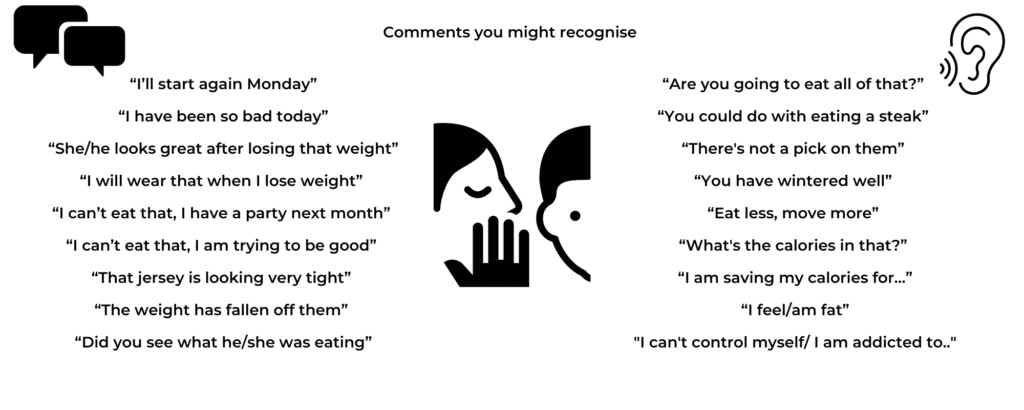
Helpful habits you might consider practising:
- Share thoughts on what the meal is contributing to your day in a positive way
- Ask open ended questions about food that encourage your child to share their thoughts, feelings and preferences towards food
- Use words and phrases that highlight the benefits the meal
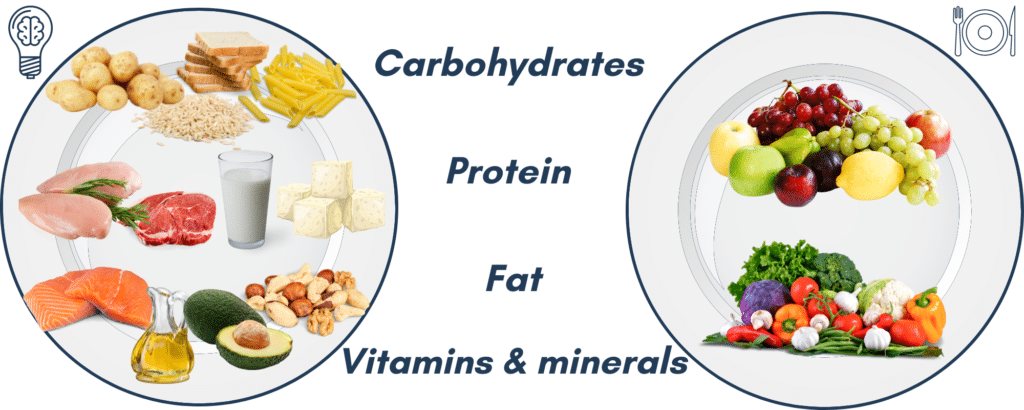
Understanding
It is also hugely important that a child understands the role nutrition plays in their own growth and development, health and getting the most from their day to day life. Educating them on the benefits of fruit and vegetables, adding colour to their plate, including protein foods, fibrous foods and wholegrains, including fish in the diet and drinking plenty of water for example. Understanding the role food plays in their immune system and everyday life may help them to be more invested in their nutrition. A strong immune system means more energy, less school days missed, more time with friends, more training sessions, and practice to become better at their sport or other hobbies.
Facilitating the child/teen to make a positive association between a well balanced, nutritious diet and positive outcomes like growing taller, running raster, becoming stronger, having energy for school, friends, sport and other activities that THEY care about. This will not only strengthen their understanding of the effect food has on the body, but also on their day to day life.
Helpful habits you might consider practising:
- Include colour at every meal
- Include a wide variety of plant sources in the diet
- Experiment with new foods and learning about them together
Part of the process
Encouraging your child or teen to become part of the process and giving them a sense of ownership when it comes to the food they consume can be powerful in the formation of new behaviours and habits. Deciding together what lunches they like and suit them to bring to school, bringing them food shopping with you and involving them in the preparation or even giving them the responsibility of preparing the lunches themselves.
Getting into the habit of having breakfast as well as bringing a substantial and well balanced lunch can be really helpful from an early age. It is not uncommon for teens to start skipping breakfast and lunch or opting for a more convenient, less nutritious option at school or in the local deli when they become more independent through their teenage years. This highlights the importance of instilling good nutrition habits from an early age, habits that they take ownership for and can claim as their own as they acquire more independence.
Helpful habits you might consider practising:
- Asking the child to plan their lunches
- Bringing them food shopping with you
- Giving them the responsibility of preparing their own lunch
Ownership
As mentioned above, we often see nutritional behaviours deteriorate as a child progresses through their teenage years. There are a number of reasons for this, one being the newfound independence combined with the influence of peers. Although there is no magic formula for preventing these inevitable changes from impacting their nutrition habits, there are some things that we as parents can do. The aim being not to scare the child into eating the foods we want them to, but to encourage the child to be curious about food, to take ownership of their nutrition and form habits that hopefully will become automatic behaviours for them that they can carry through to adulthood.
Helpful habits you might consider practising:
- Planning meals around a good source of protein and variety of plant foods.
- Making meal times a valued part of the day.
- Consuming a well balanced diet that supports their energy and nutritional needs at different stages.
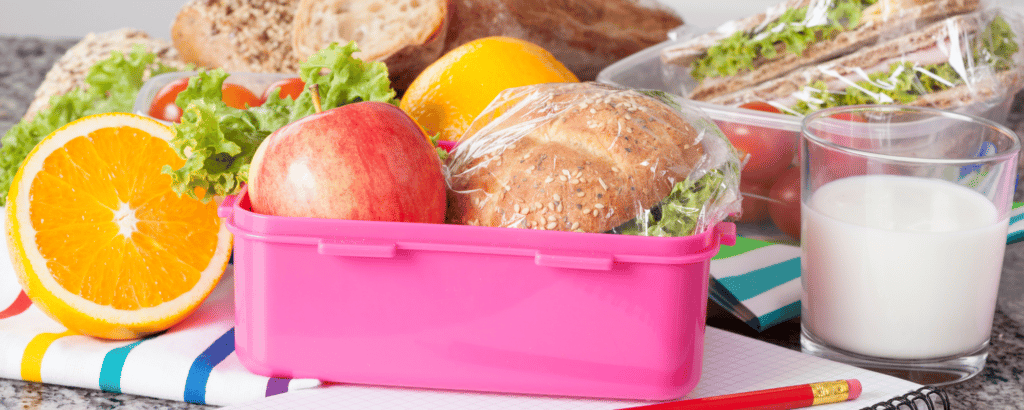
Sports Nutrition
The goal of sports nutrition is to help you stay healthy and ensure you have enough energy to perform and recover around exercise. For adolescent athletes, the top priority is healthy growth, development, and maturation. As mentioned at the beginning of this article, when a child is between 13 and 18 years of age, they are growing at a fast rate, their brain and bones are still developing, they will go through puberty and it is vital that they are consuming adequate nutrition to support these changes. For adolescent athletes, nutrition has the additional role of supporting performance and recovery around exercise.
For more information on nutrition for youth athletes, take a look at our three part series by Eva Hoey:
Youth Athletes Part 1: The Fundamentals of Performance Nutrition
Youth Athletes Part 2: Fuelling for Training & Competition
Youth Athletes Part 3: Refuel and Recover from Exercise
Further reading:
Why do we care about how we look?
If you would like additional information and support, you can book a consultation with one of our experienced nutritionists here –
References:
Cohn S. From health behaviours to health practices: an introduction. Sociol Health Illn. 2014;36(2):157–62.
Mesías, M., Seiquer, I., & Navarro, M. P. (2013). Iron nutrition in adolescence. Critical reviews in food science and nutrition, 53(11), 1226–1237. https://doi.org/10.1080/10408398.2011.564333
Dorfman L, Wallack L, Woodruff K. More than a message: framing public health advocacy to change corporate practices. Health Educ Behav. 2005;32(3):320–36 discussion 55-62.
Olstad, D.L., Kirkpatrick, S.I. Planting seeds of change: reconceptualizing what people eat as eating practices and patterns. Int J Behav Nutr Phys Act 18, 32 (2021). https://doi.org/10.1186/s12966-021-01102-1
Schei TS, Sheikh S, Schnall S. Atoning Past Indulgences: Oral Consumption and Moral Compensation. Front Psychol. 2019 Sep 13;10:2103. doi: 10.3389/fpsyg.2019.02103. PMID: 31572277; PMCID: PMC6753500.=
